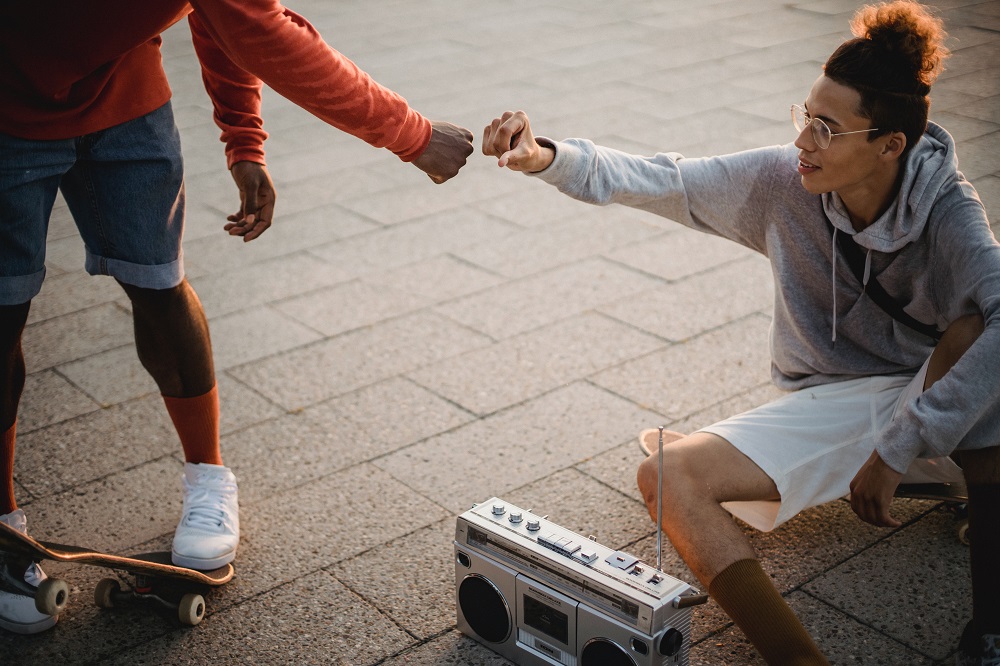Today, I want to take you on a journey exploring the fascinating world of body language and how understanding it can enhance your travel experiences. So, get ready to go beyond words and dive into the universal language of gestures!
The Power of a Smile: Universally Welcoming
Picture this: I arrived in a remote village in South America, not knowing a word of the local language. Yet, as I offered a warm smile, I was met with open arms and genuine hospitality. A smile transcends cultural boundaries and is the most effective way to connect with people wherever you go. So, let your smile be your passport to new friendships and unforgettable encounters.
The Art of Bowing: Respect in the East
In Japan, I found myself immersed in a world of graceful bows. From a slight nod of the head to a deep bow at a traditional ceremony, bowing is a vital part of Japanese culture. As a traveler, understanding the depth and intricacies of bowing shows respect and appreciation. So, when in doubt, follow the lead of the locals and bow your way into their hearts.
Embrace the Double Cheek Kiss: European Warmth
In many European countries, a warm greeting involves a double-cheek kiss. Initially, I felt a tad awkward as cheeks met cheeks, but I soon realized that it was a genuine gesture of friendship and connection. Embrace this intimate greeting, and don’t be afraid to reciprocate with a gentle peck on each cheek. It’s an invitation to the warm embrace of the local culture.
Handshakes: Firm or Gentle?
Ah, the classic handshake—a true cultural melting pot. While a firm handshake is the norm in many Western countries, I learned that in parts of Asia, a softer, gentler grip is preferred. Adjusting your handshake style to match the cultural expectations demonstrates respect and adaptability. So, read the situation and let your handshakes be a bridge between cultures.
Embody the “Wai”: Thai Gratitude
During my journey through Thailand, I discovered the art of the “wai.” It involves pressing your palms together and bowing slightly—a gesture of respect, gratitude, and reverence. Adopting the “wai” not only shows your appreciation for Thai customs but also fosters a deeper connection with the locals. So, let your hands speak volumes and embrace the grace of the “wai.”
Conclusion
As our journey through cultural body language comes to a close, remember that understanding and respecting these nonverbal cues enriches your travel experiences. It’s the unspoken language that transcends barriers and creates genuine connections with people from diverse backgrounds. So, as you embark on your next adventure, be mindful of the power of a smile, embrace local gestures, and let your body language be an open invitation to forge unforgettable memories. Happy travels, my fellow explorers!









